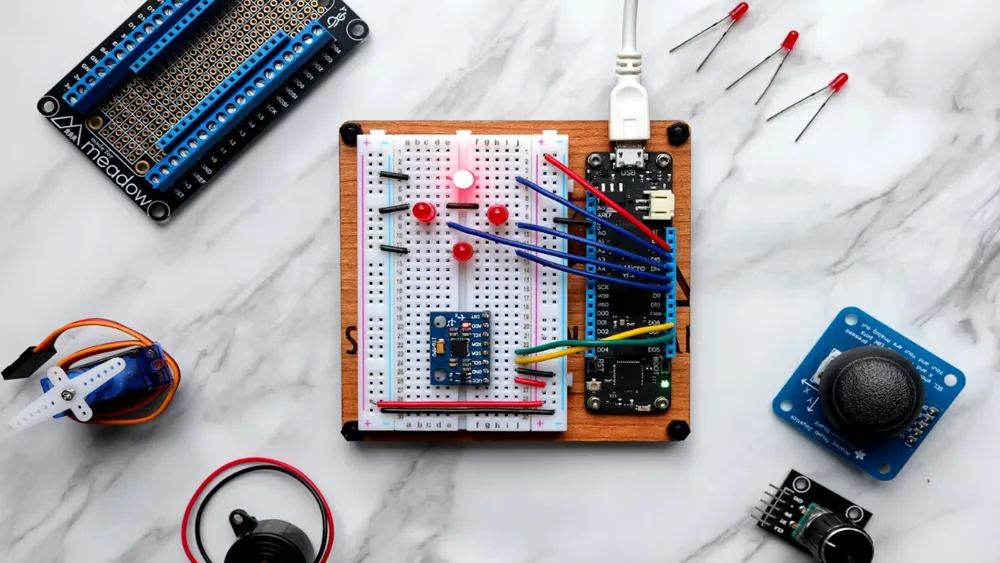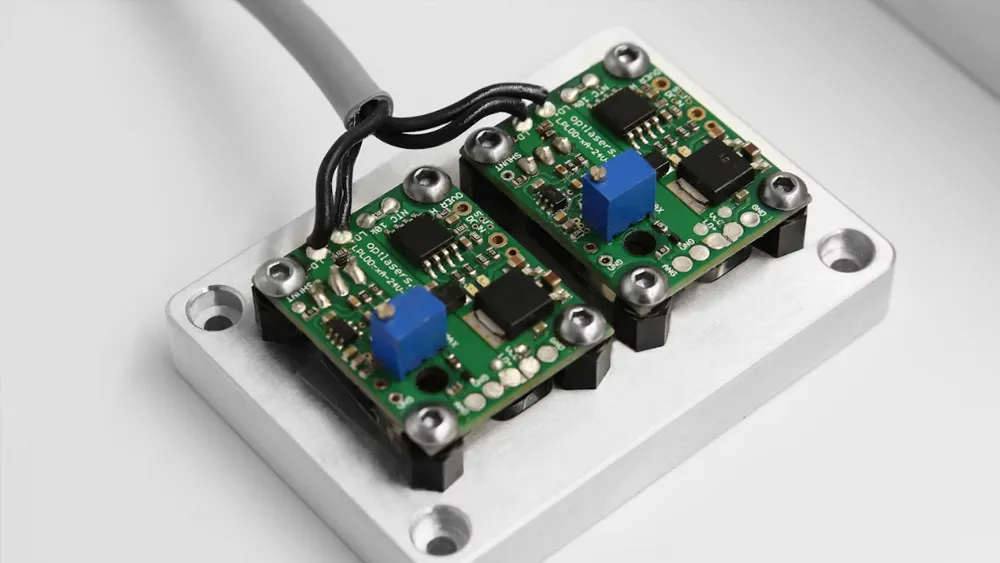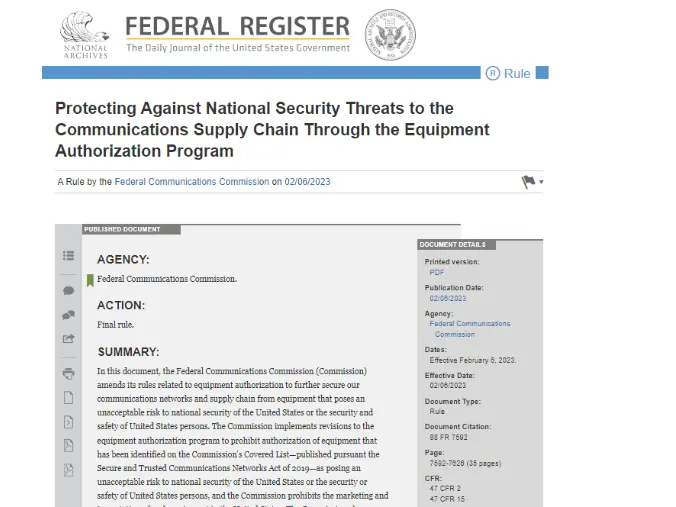
Amazon UL Test Reports, Standards & Projects
Sellers on Amazon US need to pay close attention to updates in U.S. safety regULations, as these directly affect the testing items and standards for ul test reports. These changes present new compliance challenges for sellers’ products. Understanding and adapting to these updates is crucial for ensuring continued sales on the Amazon platform.

U.S. Safety Regulation Updates
In September 2023, the U.S. Consumer Product Safety Commission (CPSC) made a significant decision, voting to adopt ul4200a - 2023as a mandatory safety standardfor consumer products containing button batteries. This standard is incorporated into 16 cfr part 1263and will become enforceable on March 19, 2024.
This regulation update reflects heightened attention to consumer safety, especially for children. Button batteries are small and, if ingested by children, can cause serious injury or even be life-threatening. The new regulation aims to reduce such risks through strict product safety standards.
Amazon Platform Requirements for UL Test Reports
Amazon is committed to providing consumers with safe and reliable products, and therefore imposes strict compliance requirements on sellers. Regarding UL test reports, sellers must provide qualified testing reports issued by ISO 17025-accredited third-party laboratoriesaccording to UL standards.
This is not only a quality control measure but also a crucial step for Amazon to maintain the platform's credibility.
Common UL Standards by Product Category:
- Lighting Products:
- UL1993 – Bulbs
- UL1598 – Fixtures
- UL153 – Portable lights
- UL1786 – Night lights
- UL1574 – Track lights
- UL2108 – Low-voltage lights
- UL298 – Handheld lamps
- UL588 – String lights
- ul8800 – Plant growth lights
- Other Common Products:
- Car chargers – UL2089
- Power banks – ul2056
- Audio/video products – UL62368
- Data cables – UL9990
- Electric coffee makers – UL1082
- Garment steamers – UL1005
- Household appliances – UL60335
- LED displays – UL48
- Seat heaters – UL130
- Steam cleaners – ul499
- Electric fans – UL507
- Personal care products – ul859
- Power adapters – UL60950-1
Detailed Changes in UL Test Items and Standards
Button Battery Products (ul4200A Standard)
Under the new regulation, UL4200Aimposes strict testing requirements for products containing button batteries:
1. Battery Compartment Design
- Compartments containing replaceable button or coin batteries must be secured, requiring a tool or at least two independent, simultaneous hand actionsto open.
- Purpose: Prevent children from easily accessing the batteries.
2. Drop Test
- Portable products: 3 drops
- Handheld products: 10 drops
- Each drop: 1 meter onto a flat, hard surface
- Purpose: Simulate real-world drops to test the stability of the battery compartment and battery.
3. Impact Test
- Battery covers or doors must withstand 2J impact, repeated 3 times.
- Ensures the product casing and battery compartment do not crack or loosen, exposing the battery.
4. Crush Test
- Apply 330Nforce to the exposed area for 10 secondsover a 100mm × 250mm surface.
- Evaluates battery safety under pressure, simulating being crushed by a heavy object.
5. Probe Test
- After the above tests, apply 45N forcewith IEC 61032 Test Finger 11 for 10 seconds.
- Batteries must remain inaccessible. Covers or doors should remain closed and functional.
- Purpose: Ensure batteries do not accidentally become accessible under various forces.
6. Battery Installation Security Test
- For non-user-replaceable batteries, apply 20N outward force with a hook for 10 seconds.
- Batteries must not dislodge.
- Ensures secure installation during normal use or external force.
7. Warning Label Requirements
- Product packaging must include clear warning labels.
- If feasible, the product itself must also carry warnings.
- Manuals and instructions must contain all applicable warnings.
- Purpose: Inform consumers, especially parents, of potential risks and correct usage/storage of button battery products.
Email:hello@jjrlab.com
Write your message here and send it to us
 What are ASTM F963 and CPSIA?
What are ASTM F963 and CPSIA?
 Comparison of ASTM F963 and EN 71
Comparison of ASTM F963 and EN 71
 How to get CSA C22.2 NO.256:14 Test Report?
How to get CSA C22.2 NO.256:14 Test Report?
 How much is the ISTA Amazon Packaging & Shippi
How much is the ISTA Amazon Packaging & Shippi
 Amazon Product Laboratory Testing Requirements
Amazon Product Laboratory Testing Requirements
 How to Get EPA Certificatio
How to Get EPA Certificatio
 What is EPA Certification in the United States?
What is EPA Certification in the United States?
 What is an FCC Registered Agent?
What is an FCC Registered Agent?
Leave us a message
24-hour online customer service at any time to respond, so that you worry!




